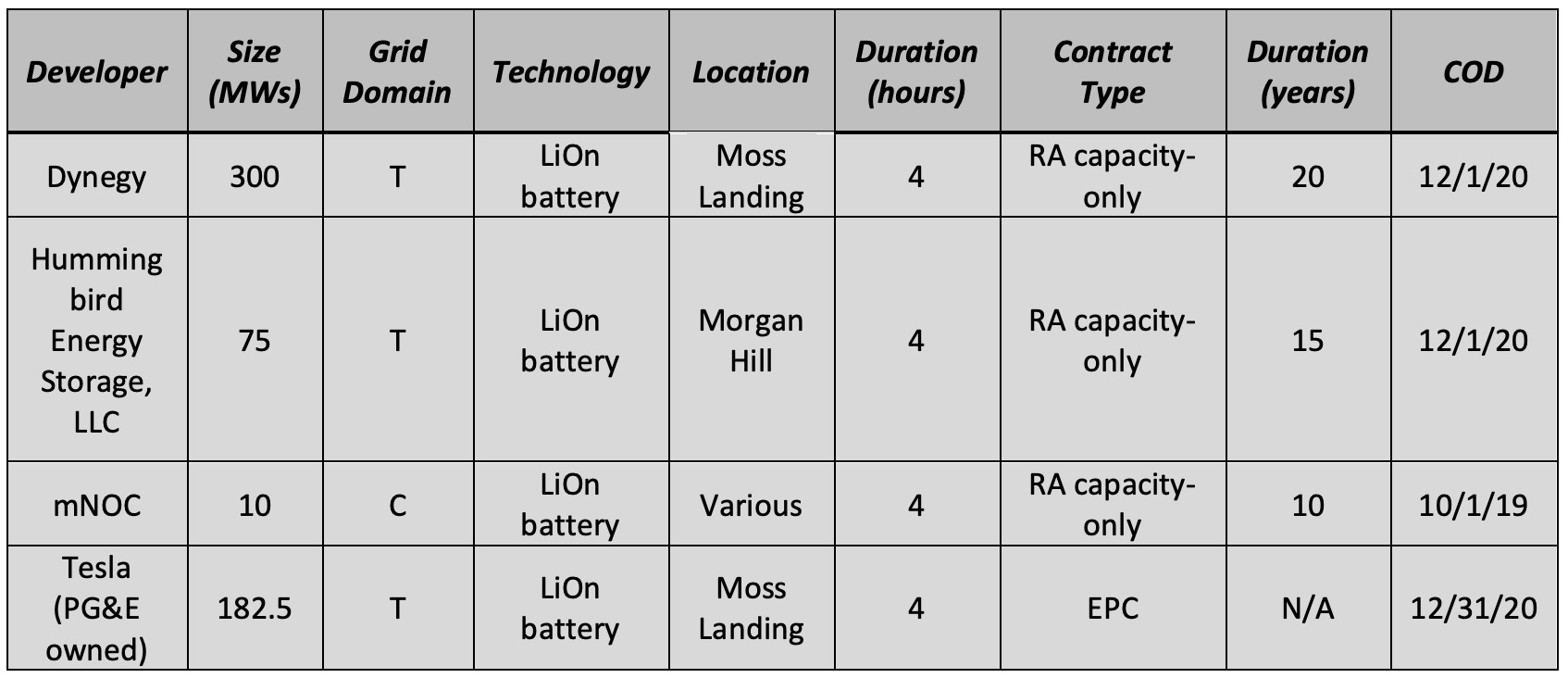
The California Public Utilities Commission approved this week a very important proposal from PG&E to deploy over 2 GWh of energy storage capacity from battery systems by Tesla and other companies that will replace three gas plants.
We first learned of the project at PG&E’s Moss Landing substation when they submitted it to CPUC and the company was in talks with Tesla earlier this year.
It involves four separate energy storage projects and two of them should become the world’s largest battery systems.
Dynegy is going to deploy a 300 MW / 1,200 MWh project on PG&E’s grid while the Tesla project will be a 182.5 MW / 730 MWh, which could eventually go up to 1.1 GWh.
When Tesla completed its giant Powerpack project in Australia, it became the largest battery in the world, but these new ones are several times larger.
There are also two smaller projects involved with PG&E’s energy storage deployment that have been approved by CPUC this week:

All projects are scheduled to be completed and come online by the end of 2020. They are directly going to replace three gas peaker plants for the electric utility.
The Tesla project is the only one that PG&E is outright buying – meaning that Tesla will charge them for the engineering, procurement, and construction (EPC). PG&E will buy the energy capacity from the other projects.
They didn’t disclose the cost of the projects, but PG&E plans to cover the cost through its electricity rates.
